Classification of Building Construction Types
Objectives:
- Demonstrate the use of the construction tables to determine the construction type
- List and describe the common systems of classifying building construction
- Identify the fire rating requirements and exceptions
Reference Books
- NFPA Fire Protection Handbook, 18th Edition, Section 7, Chapter 2
- NFPA 220, Standard on Types of Building Construction
Classification of Construction Types
- Pertinent standards
- Classification systems a combination of Roman and Arabic numerals and letters
- Roman numerals represent the basic type os structural materials
- Definition of basic types
- Type I
- Type II
- Type III
- Type IV
- Type V
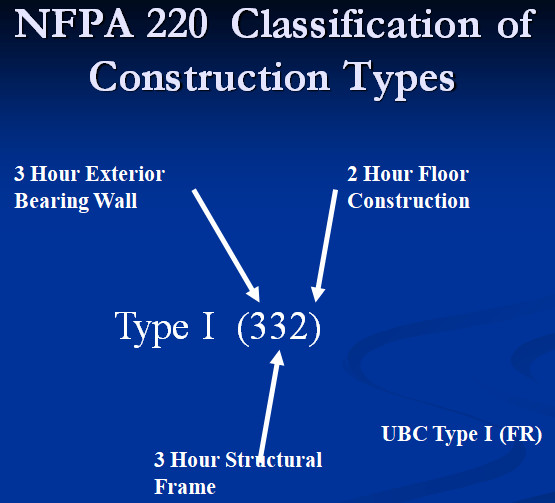


NFPA 220 Type I (443) or Type I (332) Construction Details of Concrete Density, Amount and Size of Steel will need to be known, in order to further clarify

Type I (443) or (332) Building. Exterior Wall is Not a Bearing Wall. Exterior Wall is a non bearing Curtain Wall. Penetrations between floor slab and Curtain wall need to be investigated.
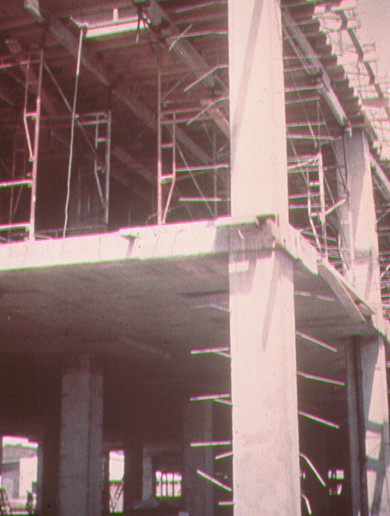
NFPA 220 Type I Construction
(443) or (332)

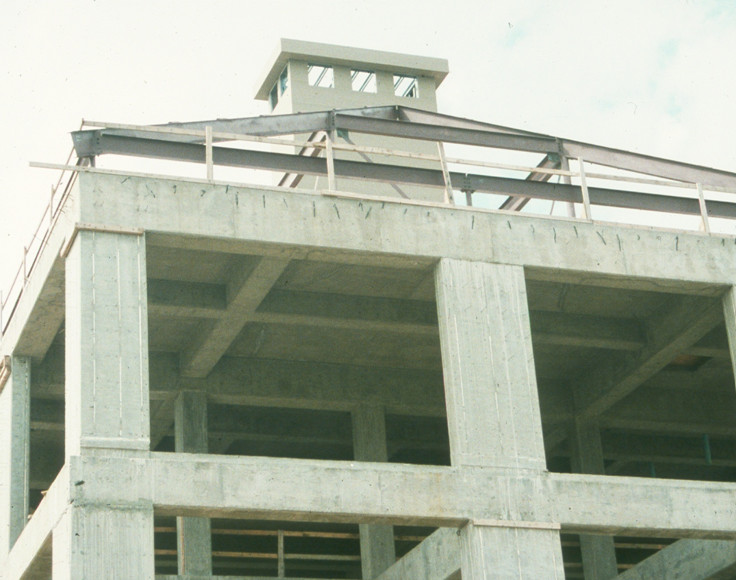
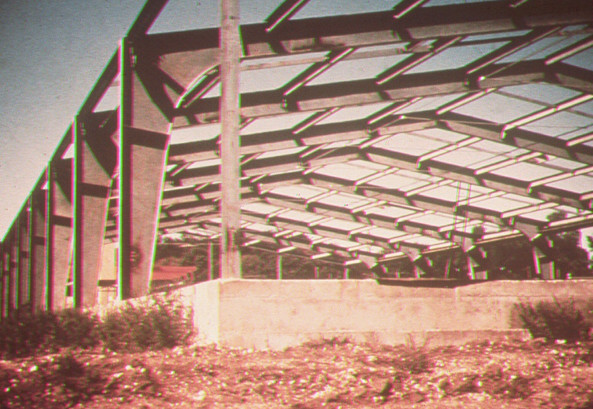
NFPA 220 Type II (000) Construction
Unprotected Structural Steel


NFPA 220 Type II (222) or (111) Construction
Thickness of insulative material on structural steel, and the extent of insulation on steel columns, beams and floor slab reinforcement will need to be evaluated.
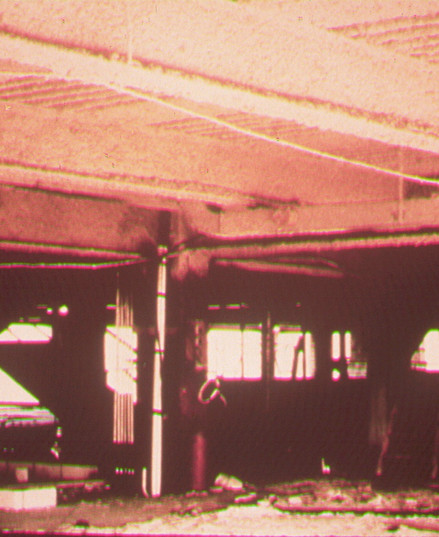
NFPA 220 Type II (222) or (111) Construction

One square inch of missing insulation for each 100 square feet of structural steel
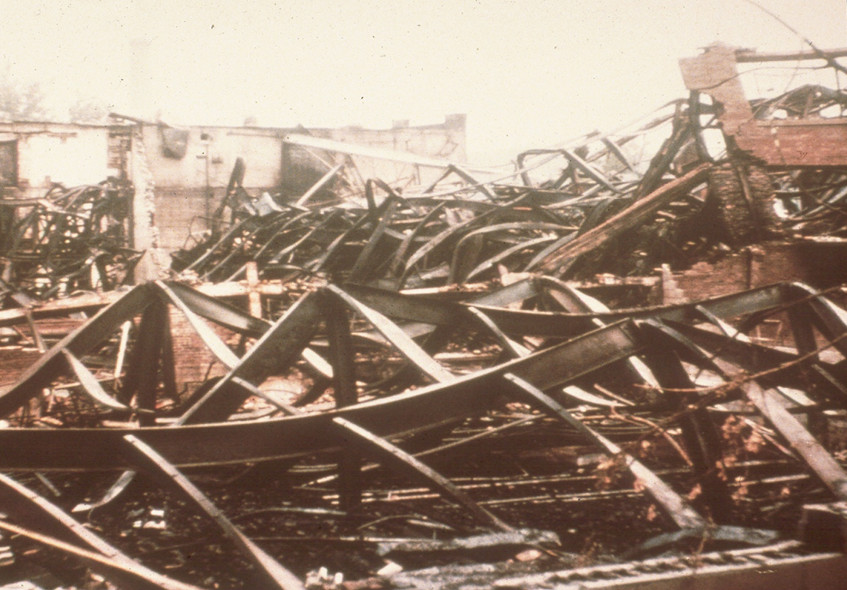
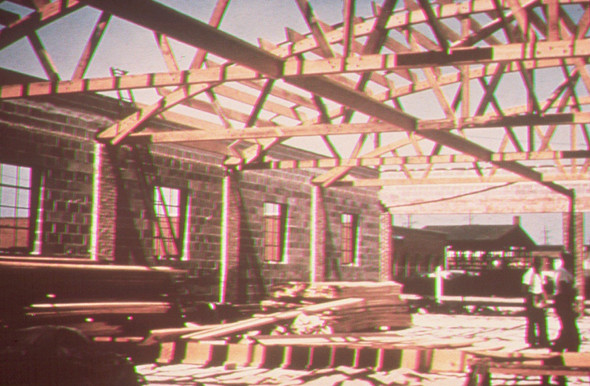
NFPA 220 Type III (211) or (200) Construction
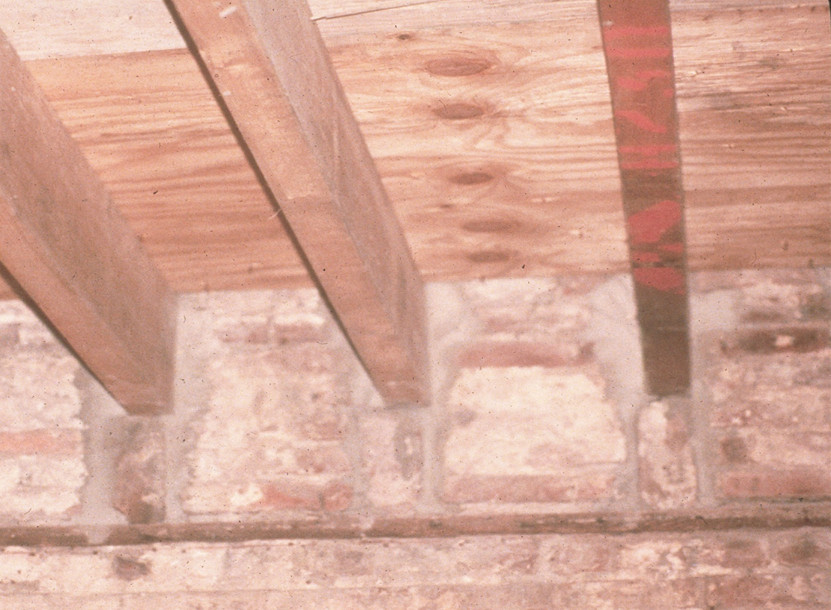

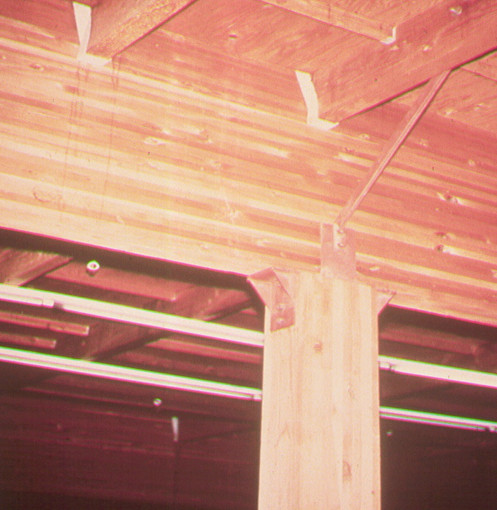
NFPA 220 Type IV (2HH)
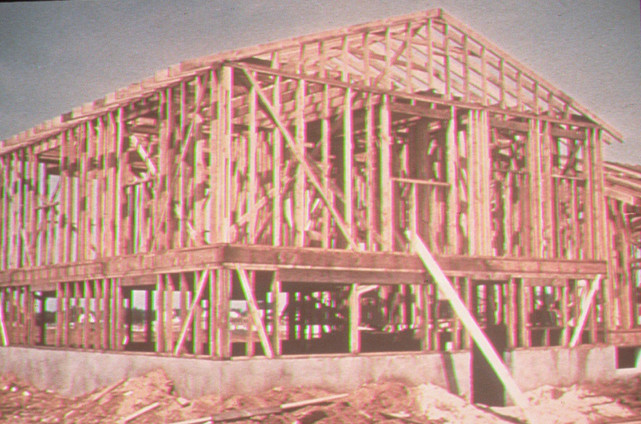
NFPA 220 Type V (111) or (000) Construction
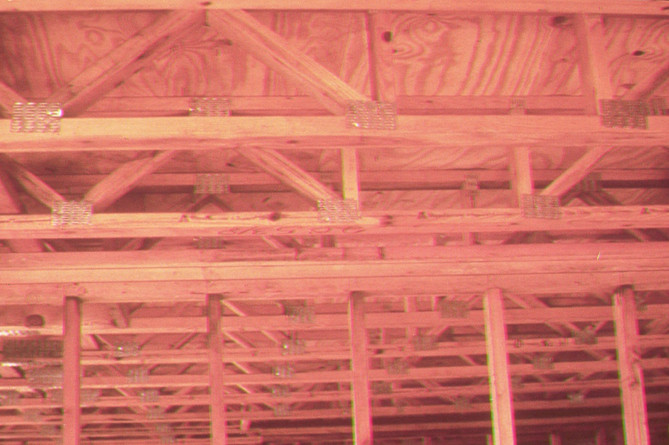
NFPA 220 Type V (111) or (000) Construction

Application and Use of Construction Classifications
- Building's area and height limitations are based upon construction clasifications and occupancy
- Requirements for fire protection systems are often based upon construction classifications and occupancy
- The Life Safety Code limits the use of buildings (e.g. Assembly Occupancies) based upon construction classifications.